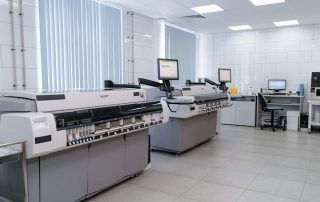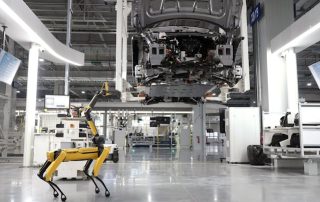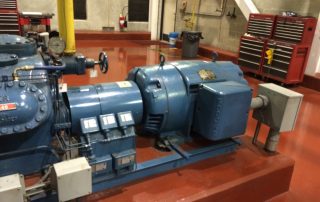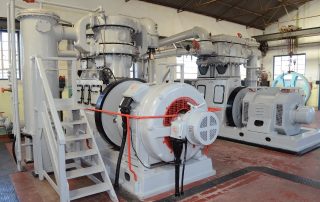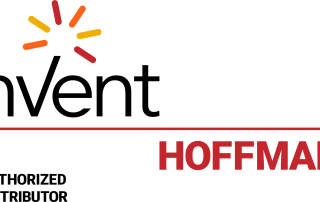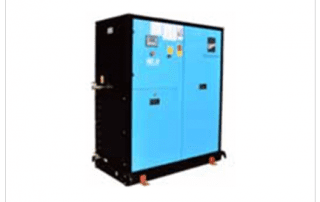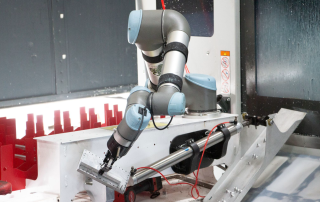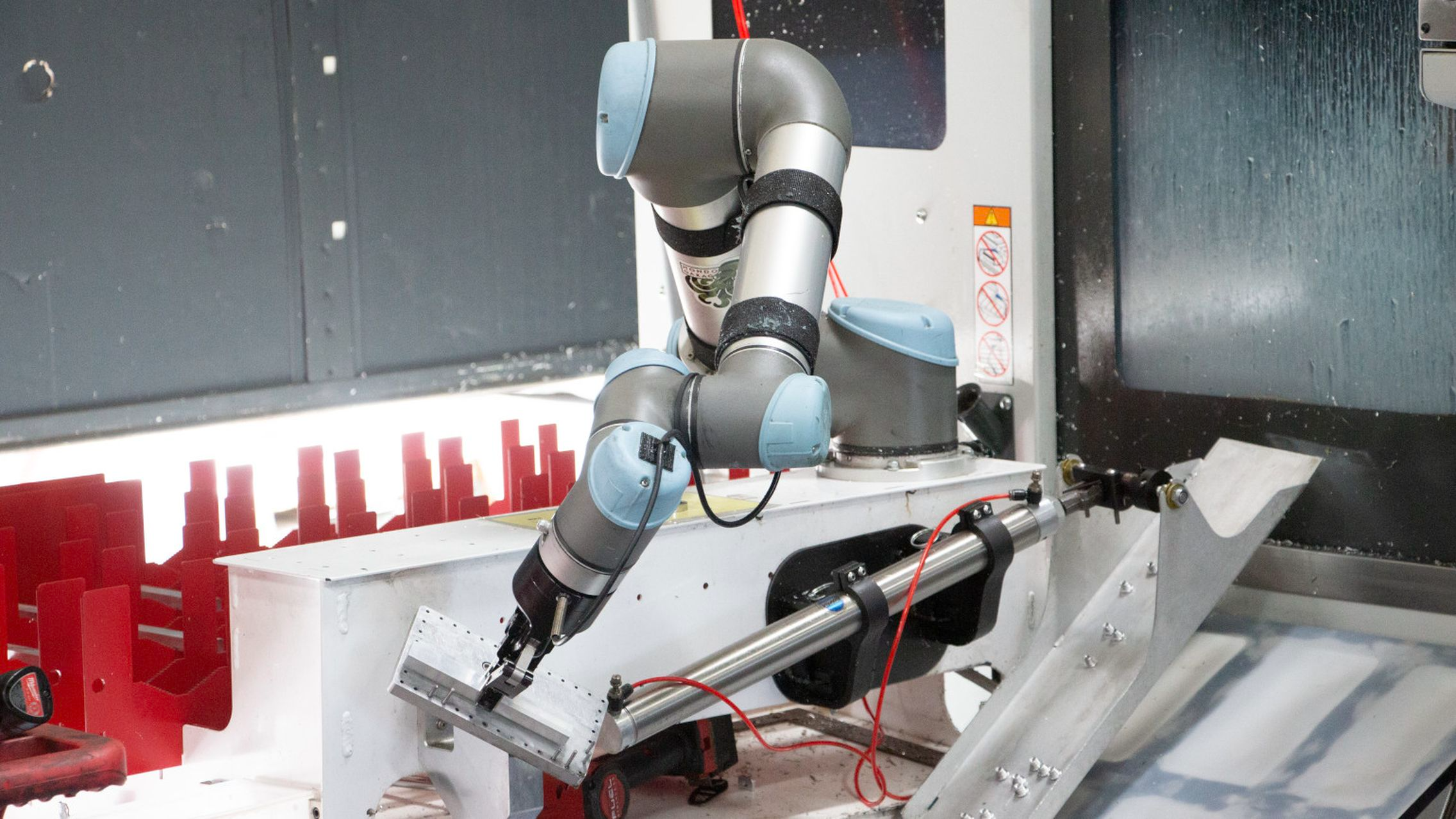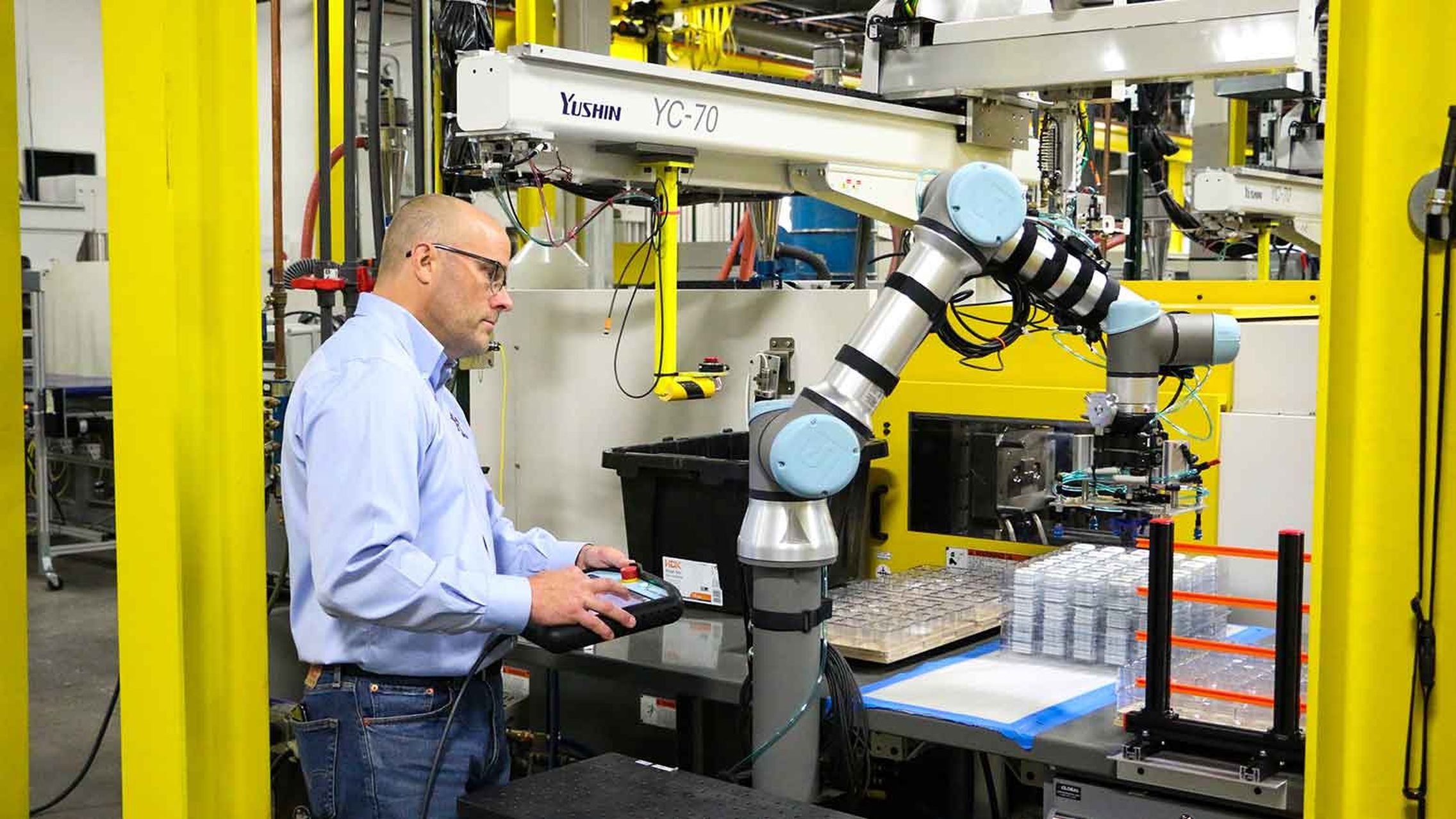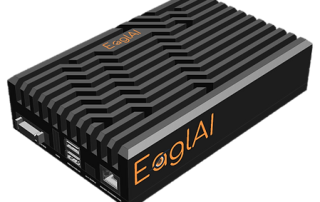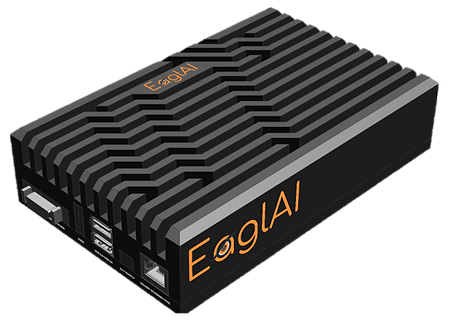Common Mistakes When Using Printing and Binding Machines
Whether you’re running a business, managing an educational institution, or handling office documentation, printing and binding machines play a vital role in day-to-day operations. But even the best machines can fail to deliver if misused. From paper jams to uneven binding, simple mistakes can lead to wasted time, increased costs, and poor-quality output. Let’s walk through some of the most common mistakes users make – and how printing solution services and reliable binding machine suppliers can help avoid them.
1. Ignoring Manufacturer Guidelines
One of the biggest mistakes users make is not reading the user manual. Each machine – whether for printing or binding – has specific instructions for setup, usage, and maintenance. Skipping this step often leads to compatibility issues with paper types, incorrect temperature settings (for thermal binders), or using the wrong binding covers. By following the guidelines, you not only extend the life of your machines but also ensure better output.
If you’re unsure, good printing solution services often provide on-site training or detailed guidance to get you started on the right foot.
2. Overloading the Machine
Trying to print a massive batch or bind a thick stack in one go may save a few minutes, but it’s a shortcut that can backfire. Overloading can cause jams, poor print quality, misaligned binding, or even permanent damage to the machine. Especially with binding machines, each model has a maximum punching or binding capacity – ignore it, and you’re asking for trouble.
Working with experienced binding machine suppliers can help you choose a machine that’s suited to your actual workload, preventing such mishaps.
3. Using Low-Quality Consumables
Not all paper and binding materials are created equal. Cheap paper might absorb too much ink and cause smudging, while low-grade binding covers may not withstand regular use. Using non-compatible or inferior supplies can affect both output quality and machine performance.
This is where trusted printing solution services step in – offering curated, tested materials that match your equipment and requirements. Similarly, binding machine suppliers often stock consumables that are optimized for specific models, saving you the trial-and-error.
4. Skipping Regular Maintenance
Many users wait for a machine to break down before they think about maintenance. Dust build-up, worn-out rollers, and clogged printheads don’t scream for attention – but they gradually degrade performance and quality. Regular cleaning and timely servicing are crucial.
Reliable printing solution services offer maintenance contracts that include routine check-ups, reducing downtime and repair costs. Some binding machine suppliers also provide support plans to keep your equipment running like new.
5. Improper Paper Handling
A subtle yet common mistake is not prepping the paper properly. Printing on curled or damp paper can result in poor feed and skewed prints. Similarly, inserting papers unevenly into binding machines can cause off-centered punches and misaligned binds.
Educating your team on proper handling – or better, getting training from professional printing solution services – can eliminate these small errors that add up over time.
6. Choosing the Wrong Machine for the Job
Sometimes, the issue isn’t how the machine is used, but that it’s the wrong machine altogether. A manual binder for a high-volume office? A laser printer for photo-heavy projects? Mismatch like this affects efficiency and results.
Top binding machine suppliers can assess your needs and recommend the most appropriate model, saving you the cost and frustration of underperforming equipment. Likewise, printing solution experts consider volume, material, and output quality before suggesting the ideal setup.
Conclusion
A little caution goes a long way when it comes to printing and binding. By avoiding these common mistakes – and partnering with reliable printing solution services and binding machine suppliers – you can ensure smoother operations, better quality, and longer-lasting equipment. Don’t let avoidable errors hold your business back; sometimes, the solution lies in simply knowing better.

